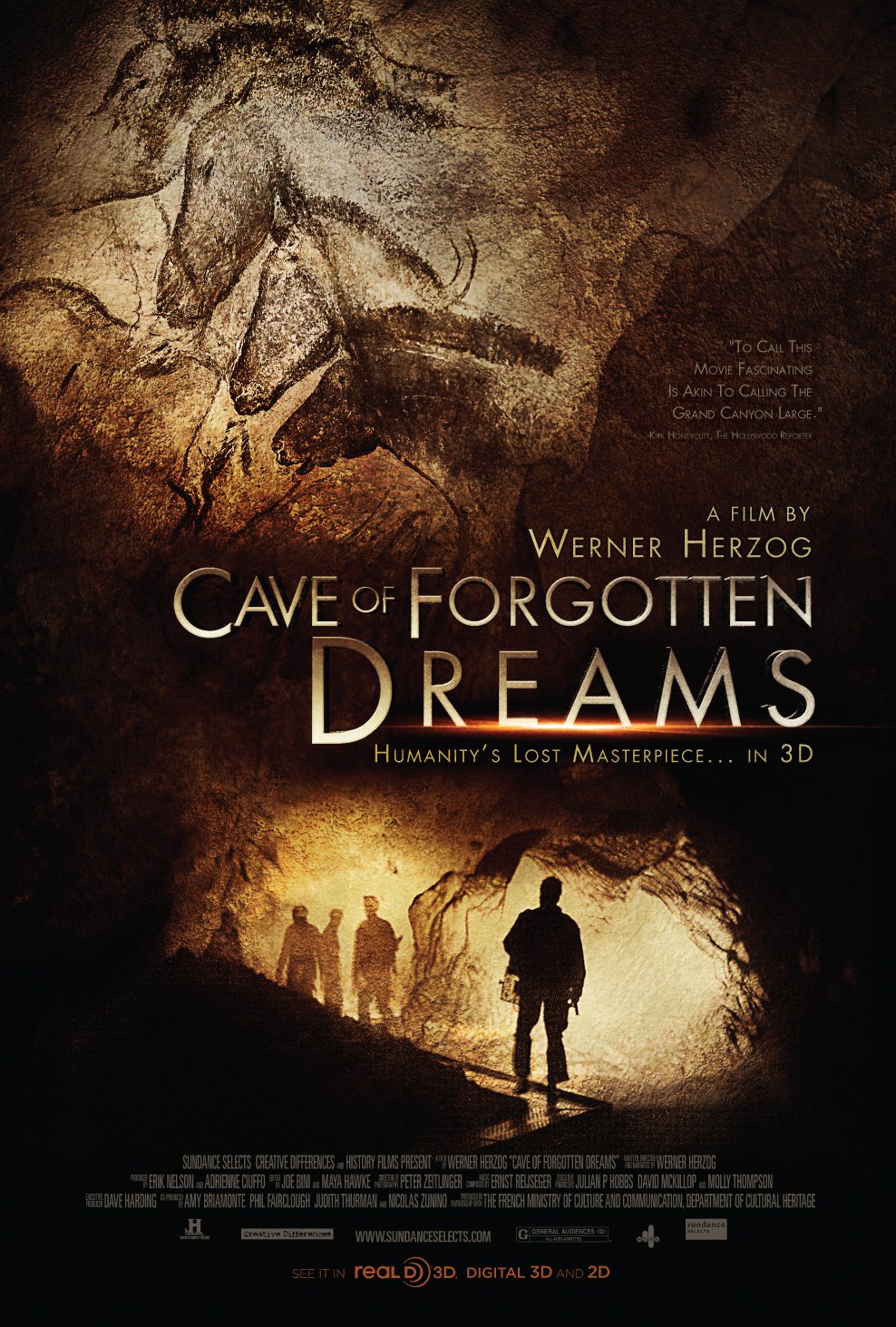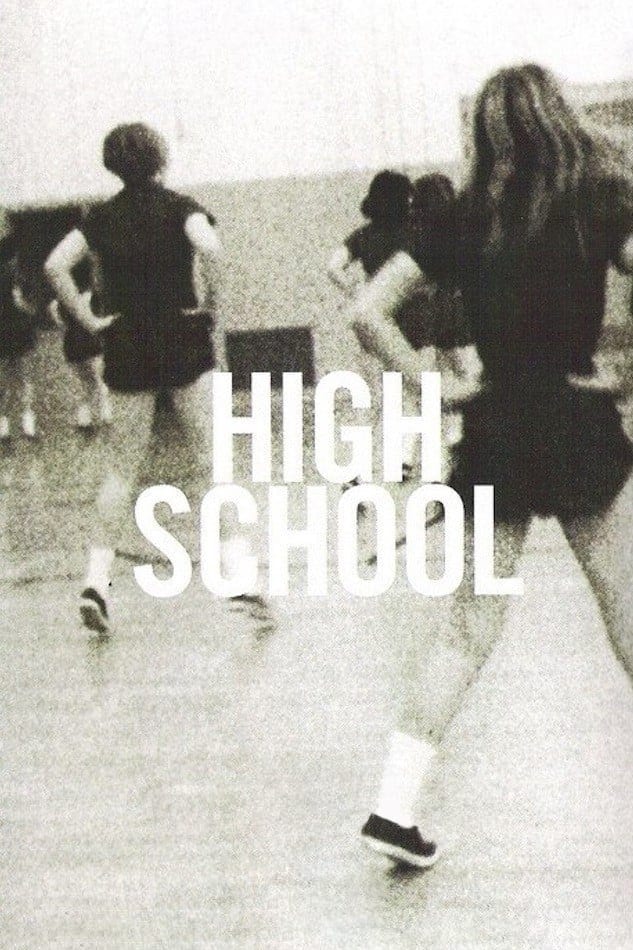
It's the Letterboxd Season Challenge! Theme twelve, part one - a film starring Ingrid Bergman!
(Chosen by me!)
It takes a bit've time to settle in with Spencer Tracy and Ingrid Bergman in the parts of Dr. Jekyll and Ivy the barmaid respectively, primarily owing to the accents. Neither is turning in a bad performance throughout the first act of Victor Flemming's remake of an adaptation of a stageplay based on the Robert Louis Stevenson novella, far from it as Tracy brings his usual hard-mouthed moral pillar with a gentler side to his performance of the good doctor with a disturbing preoccupation over evil, and Bergman makes her part as a would-be rape victim turned slinky temptress to her savior come alive with just how thirsty she plays the role. As set-up for the film's later dive into a crueler relationship once Jekyll takes his serum and unleashes Mr. Hyde, their flirtations come across well enough... but the accents are still quite a lot to accept. Tracy a little less so, seeing as American-accented leads in American productions set in Britain is a fairly common practice, and he strikes a compelling enough figure by simply being Spencer Tracy to make the lack of an effort to put on anything remotely posh easy to filter. Bergman, however, is only two years out from learning to speak English for her part in Selznick's remake of Intermezzo, and trying her damndest to strangle her natural Swedish accent into a lower-class Irish brogue. Heaven help her, it's not happening - she slips back into her usual mode with great frequency, and her constant seizing onto dialect snippings like "ain't" or replacing "my" with "me" do little except sound odd coming from someone whose screenpresence was otherwise so refined. S'a thing you have to sit with and learn to accept across the nearly two-hour runtime, cause it never gets better no matter how hard she tries.
I focus so much on the accenting issues in this first paragraph because I think it's necessary to note the film has some uphill territory to cover before detailing how I believe it traverses the terrain like completely flat ground throughout the second act. Once Jekyll unleashes Hyde and goes out for a night on the town, Dr. Jekyll and Mr. Hyde settles into its true intentions, and produces a second act worth praise all on its own terms. Not at all what you'd expect with Hyde storming about foggy ol' London Town causing a ruckus in bars and making himself a disreputable member of the community (though the act's opening scenes do give you some've that, if incredibly toned down), the film is most interested in exploring how Hyde acts as a manipulative hand behind Ivy's back to cost her a job, isolate her from her friends, and push as far into depicting their abusive relationship as the Hays Code would allow. Bergman stands as the focus character for this half-hour stretch, and weird accent or no she's doing a fantastic job of portraying an abuse victim in what feels like a realistic manner. True, you still get the histrionics that can be recut as Fay Wray-style screams for the trailer, but her response to Tracy's mocking runaround conversations and mind games as he pushes her into giving him what he wants are excellent, doing her best to keep her composure against someone who's obviously harmed and violated her many times over even as he's dead in her face and she's on the verge of breaking entirely. Scenes set apart from Hyde see her putting on a brave face for friends and tip-toeing around anything she thinks might earn her another assault, suddenly recoiling into a ball of defensive excuses when she can't hide the scars. On Tracy's end, his Hyde certainly isn't a stunning physical or behavioral transformation compared to some of the more lauded actors to fill the part, yet I think him playing it as merely a crueler, disheveled Jekyll rather than a completely split personality opens the film to further exploration of whether or not his postulations regarding good and evil in the human soul are as accurate or bifurcated as he believes.
Fact, let's talk Jekyll/Hyde theory for a moment before digging further into the film. Per Jekyll's outline in an early dinner scene, those aspects he calls good and evil are inherit to all, expressed not in totality one way or the other, but intermingling at all times, a little of each depending on the circumstance. To isolate one from the other, express the evil in a man as a wholly different person from the good-facing side, should follow into the good living with a clear conscience and no impulse to do wrong. Locked away from one another, one might even eradicate the evil altogether by giving it no outlet, no infusion of serum to bring its full force to bear on the physical world. Course, as we know from Stevenson's novella, Jekyll cannot be considered a righteous innocent if he indulges Hyde's expression at all, for Hyde is of him, a man born of thoughts and impulses within his own brain, and if the two are to draw on knowledge and memories of the other and mutually regard their back-half as a figure worthy of disgust, then they must know what their mirrored self does and why. Jekyll might safely say, "It was Hyde who did all those horrible things, Hyde, not Jekyll," yet he alone is responsible for drinking the formula that gives Hyde flesh, just as Hyde is responsible for taking the same to hide behind the guise of Jekyll. Whatever Hyde does is an exercise of what Jekyll wants to do, and in denying Hyde reflects on him and continually indulging his evil side another night's escapades, Dr. Jekyll's supposedly pure half a soul becomes stained with every drop of blood Mr. Hyde sheds. If, say, Dr. Jekyll were to continually unleash Mr. Hyde in the name of venting his frustrations over not being able to marry his fiance due to her father's concerns, and allows Hyde to torture and rape an innocent woman because it leaves him feeling better, then it's not really good and evil he's separated: it's presentable and unpresentable, only called by another, morally simplified name.
So! All this in mind, why on earth does Dr. Jekyll and Mr. Hyde ask us to sympathize with Jekyll during the third act? Despite all the work it puts towards locking our sympathies squarely in Ingrid Bergman's corner, once her scene of pleading with Tracy to save her from the insidious Hyde is over, the film takes a turn towards Hyde coming into prominence without the serum, has him murder Ivy, and spends the remaining half hour fretting over how poor innocent Jekyll has lost control over his totally separate evil side. It's terribly incongruous, dedicating so much time and effort towards depicting an abusive relationship full of manipulation and heavily implied rape as something horrifying, postulating on how the rapist is not a separate person but the inherent desires of a front-facing "good" man, and then escalating to murder our most sympathetic character before acting like the murdering rapist is somehow still deserving our pity. Worth noting, I think, the picture doesn't get into Jekyll's perspective during the second act at all, so we're left with a bland reassurance of his goodness without any attempt to explore why he unleashed Jekyll so many times, which can only lead to the worst assumptions about his person. The whole thing plainly doesn't work, as the story only functions if you throw away everything we've been told about how the Jekyll/Hyde dynamic works here and believe Jekyll a tragic protagonist because he's the protagonist and so should be counted as tragically struck low. What's more, in refusing to examine the why behind Jekyll's actions or condemn him for it, an entire ACT's worth of material I think excellently executed suddenly feels like a cheap, exploitative depiction of the exact same subject matter, because all Ingrid Bergman's suffering comes to is a quick murder and hand-wringing over how oh, how totally innocent is the man who allowed this atrocity! Such a powerful depiction of abuse and rape denied a point beyond "Isn't it all so horrifying" does not gain from the absence; it only subtracts, and lessens, and yes, cheapens the whole thing by making it a commodity for entertainment rather than a serious issue.
I do so hate it when lazy storytelling taints an otherwise good aspect in a film with the taste of sand and ash. I hate it doubly so when it's a film with such beautiful views of a reproduced Victorian London shrouded in fog and enclosed spaces darkened by the presence of a single man, a film with good performances across the board and chilling music and some rather nice if not standout effects sequences for the transition from Jekyll to Hyde and back. Going with a zeroed-in focus on Hyde as a rapist to one victim has massive potential for a character study into the presumptuous nature of Jekyll and men of his like, but without a point beyond "Don't ya feel sorry for him?" all this good work adds up to a bad film. The post-film conversation with Connie last night ranged for quite a while longer than usual as we debated whether the film deserved 3 stars for its technical and performative aspects, or 2.5 for its thematic failings. While I argued in favor of the former for a time, after listening to Connie's perspective and considering it in view of my own history of assessing well-made films with major themeing flaws, I think the lower rating is only right and consistent. If you're gonna do Jekyll and Hyde and expect the audience to stand with Jekyll at the end, either run with Hyde as a more typical force of mayhem and standard crime, or don't even try if you mean to go so hard on the magnifying-glass look at abuse. "Man willingly unleashes his devils and terrorizes a woman until he ultimately murders her" and "Man never did anything wrong, pure cinnamon roll, etc" do not jive at all.
(The fades employed to transition between the two aspects are pretty impressive technically when you consider how well each successive shot matches to the next, especially given how many subtle little movements Tracy makes that somehow flow near-seamlessly from one to the next, but the part where they try to focus on his eyes by rendering them as a separate strip over the rest of the picture falls apart the second you notice a horizontal stripe of his head bouncing around independent the rest.)
2.5/5









